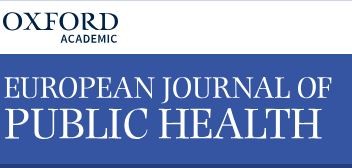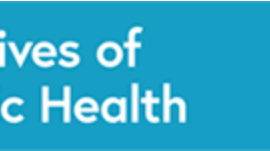
Martin Mlinarić, Emma Kohler, Anton E Kunst, Vincent Lorant, Arja Rimpelä, Laura Hoffmann, Daniela Anastasi, Matthias Richter
European Journal of Public Health, ckaa241, https://doi.org/10.1093/eurpub/ckaa241Published: 06 January 2021
Abstract
BACKGROUND
Studies on adolescent secondhand smoke exposure within the family often dichotomously operationalize migration background without paying attention to social and cultural diversity within migrant populations. As a result, little is known about variation within migrant groups in smoke-free family environments (SFFEs). This study analyses the association between SFFEs and parental migration from different world regions.
METHODS
Data from 14- to 16-year-old adolescents (N = 17 144) on SFFEs and parental migration were obtained from cross-sectional repeated SILNE-R surveys. A multivariable multinomial regression was applied, presenting relative risks (RRs) with 95% confidence intervals (CIs) for maternal or paternal tobacco smoking and home smoking bans. Variation in migration background was measured according to parental sex and place of birth.
RESULTS
Approximately 18% of adolescents are exposed to maternal smoking, and 25% are exposed to paternal smoking. Almost half of the respondents do not live in SFFEs but are subject to permissive (5%) or partial (39%) smoking bans at home. We found that adolescents of Eastern European descent are at a higher risk of being exposed to both paternal and maternal smoking. A sex difference in parental smoking was found among Arabic/Islamic migrants, where mothers are less likely to be smokers. Maternal and paternal African origins are associated with prohibitive smoking bans at home. Eastern European mothers show higher odds of permissiveness and freely allowing smoking at home.
CONCLUSION



